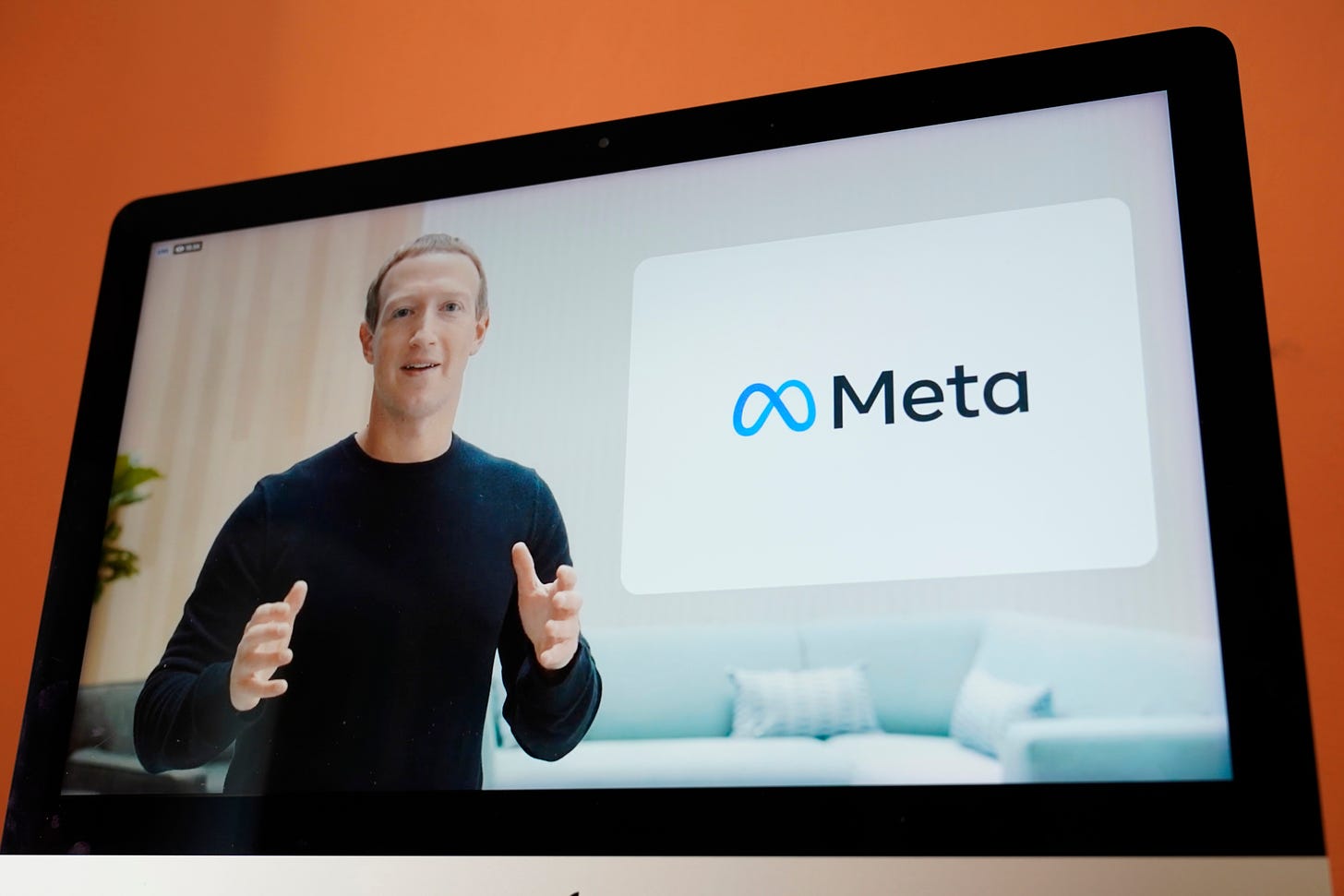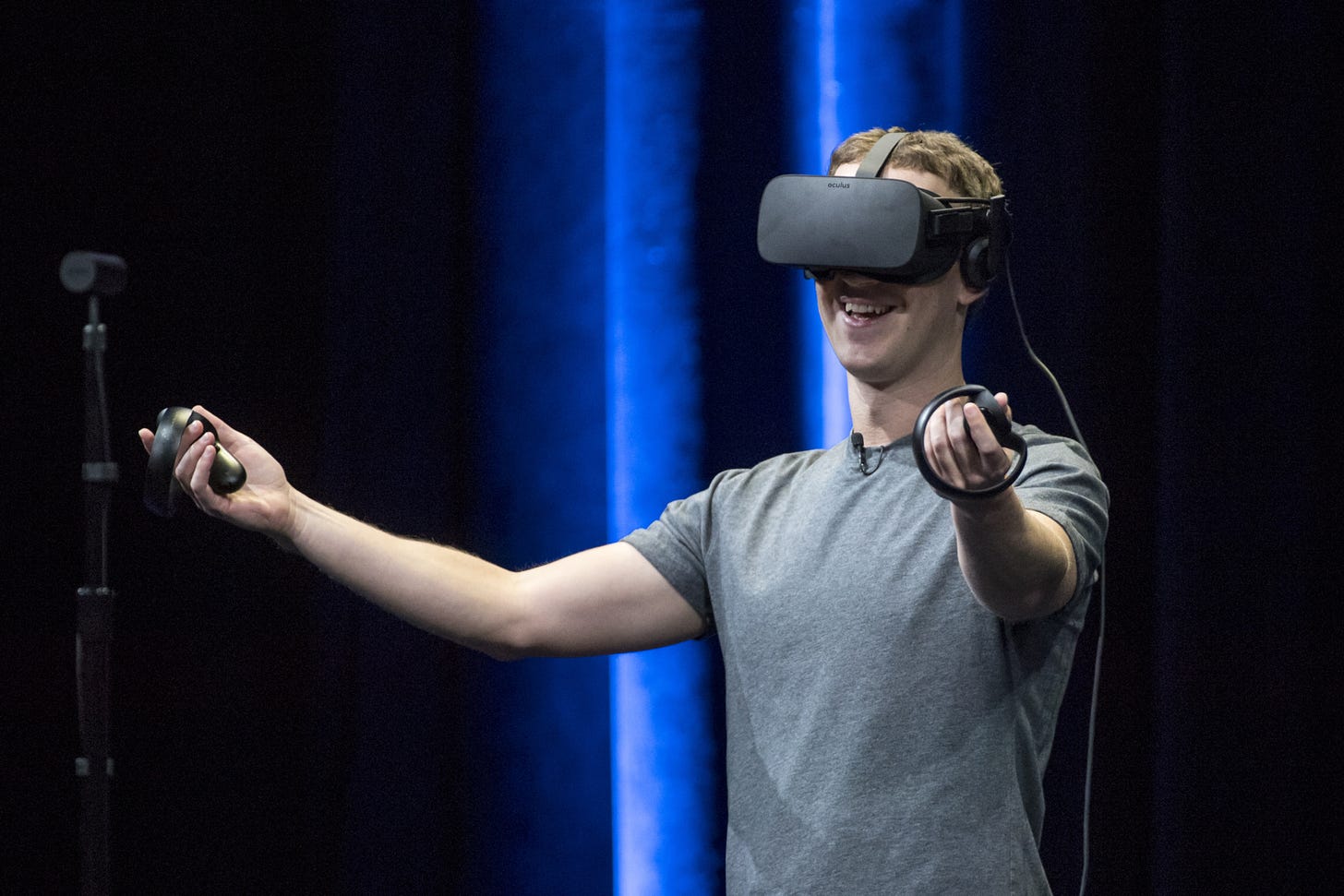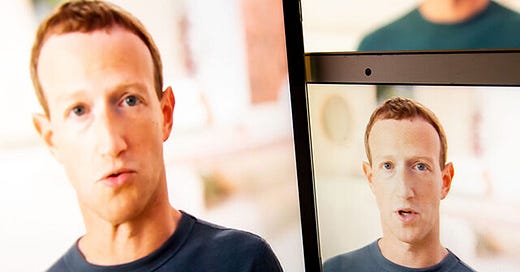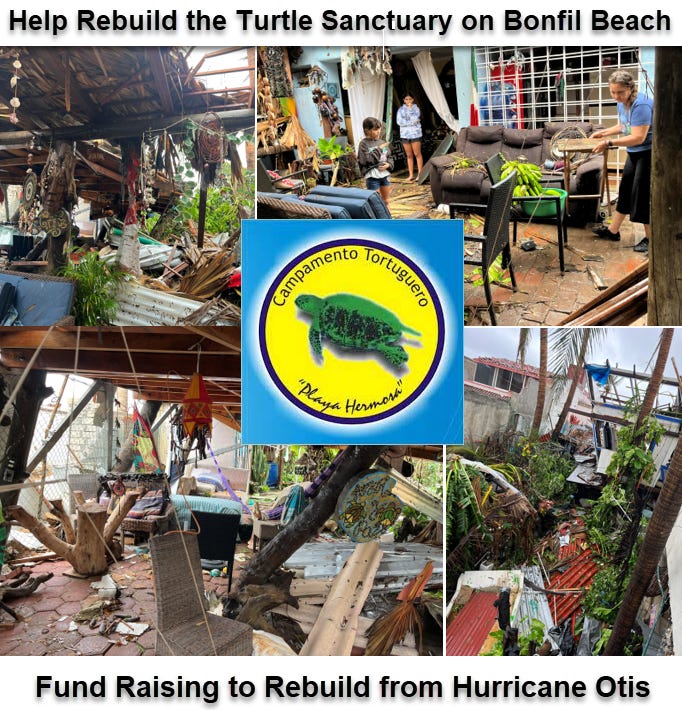EXPOSED: Meta’s $36 Billion Plot to Reengineer Society and Mark Zuckerberg’s Dangerous Future Plans for Tech Addiction
Blows the lid off of Meta’s pattern of intentionally using harmful and aggressive tactics to get users addicted to social media apps like Facebook and Instagram and documents a shocking rise in ...
This comes just weeks after dozens of state attorneys general (AGs) filed suit against Facebook’s and Instagram’s parent company, Meta Platforms Inc. (Meta), and three of its subsidiaries, for harming children by addicting them to the social media platforms. Forty-two states, including California and New York, allege that billionaire creator Mark Zuckerberg’s company “knowingly designed and deployed harmful features on Instagram and Facebook to purposefully addict children and teens.”
Previously, Facebook whistleblower Frances Haugen claimed that Meta targeted children and teens for monetary reasons and a leaked document showed that the youth demographic was “a valuable but untapped audience.”
Just weeks after Haugen blew the whistle on Facebook’s tactics, Zuckerberg unveiled his plan to release what may prove to be Meta’s most addictive product yet: Facebook Horizon. Zuckerberg’s October 2021 virtual tour of the new product, which was panned as “super weird,” was his coming-out party for what has become known as “the metaverse”—a digital world that users can essentially live in and access via a virtual reality (VR) headset such as Facebook’s Oculus Quest.
Zuckerberg’s metaverse launch was a conveniently timed and thinly veiled rebranding effort to distract from whistleblower documents and allegations that, according to the Associated Press, show that “Facebook ignored or downplayed internal warnings of the negative and often harmful consequences its algorithms wreaked across the world.”
In October 2021, Zuckerberg changed the name of the Facebook Inc. family of companies to Meta Platforms Inc. to signal the direction his social media empire would be heading. And Zuckerberg has pumped more than $36 billion into making his metaverse ambitions a reality.

Controligarchs reveals that Zuckerberg’s $36 billion (and growing) metaverse efforts are only just the beginning. The book documents Zuckerberg’s ongoing efforts to make the most addictive product in history: the metaverse.
One of the first virtual shops in the metaverse was a cannabis store. But it is not the tangible drugs that are the most dangerous of Meta’s offerings. The metaverse brings new consumer product offerings—including physical and biotechnological upgrades for the human body.
Meta has already filed a patent for bionic eyeballs so that users can bring their virtual reality with them everywhere and never have to leave. Zuckerberg is tinkering with other brand-new technologies, including a synthetic skin prototype called ReSkin and pneumatic “haptic gloves,” so that users could literally feel and grasp the metaverse.

Innovators are even developing scent blasters that shoot chemical mist at a user’s nose to allow them to “smell” the metaverse. In addition to basic scents like chocolate and strawberry (and even “beach”), there are more nuanced fragrances such as “fascinate,” “annihilate,” and “carouse.”
And while Meta’s VR aspirations appear to be failing with consumers, Zuckerberg’s obsession with the metaverse shows no signs of ceasing, as evidenced by its ongoing partnership with the popular Ray-Ban sunglasses franchise. Last Thursday, Meta announced a new strategic partnership China’s Tencent to make headsets cheaper and more accessible.
As Controligarchs documents, Meta’s losses are short term while its metaverse determinations are here to stay. More than five hundred major corporations are also helping to build the metaverse. Coca-Cola has released a new “pixel-flavored soda” that was “born in the metaverse.” Another company called Taste the TV has devised a method for users to literally lick their screens to “taste” the metaverse.
Campamento Tortuguero Playa Hermosa is a turtle sanctuary on Bonfil Beach outside of Acapulco that rescues sea turtle eggs that would be likely destroyed by vehicles on the beaches or pilfered by tourists. The sanctuary protects the eggs, hatches them and releases the babies into the ocean while protecting them from seagulls and other winged predators.
The 35-year-old sanctuary is run by the mother/daughter duo of Monica and Michel Vallarino, who have helped educate the community and the tourists on the ecology of the turtles while simultaneously providing a refuge for puppies, kittens, ducks, rabbits, and other wayward animals.
The Art of Liberty Foundation hosted an annual fundraiser from 2018-2020 called the Art of Liberty on the Beach (aKa The Turtle Party), where many of the leading artists in the liberty movement have rocked the sanctuary including Grant "Prezence" Ellman, Truniversal/Free Willow, Alais Clay, the Freenauts, DJ Koala, DJ Ramiro Romani and ELA-mental among others.
The sanctuary was devasted by Hurricane Otis, a category five hurricane that hit Acapulco and Bonfil Beach on November 2nd 2023.
25% of Funds Raised Will Benefit Other Residents of Bonfil Beach
The Art of Liberty Foundation is organizing a fundraiser where 100% of the proceeds will go to direct relief. The Vallarinos have agreed to share 25% of the proceeds with other Bonfil Beach residents in need to be distributed at their discretion.






